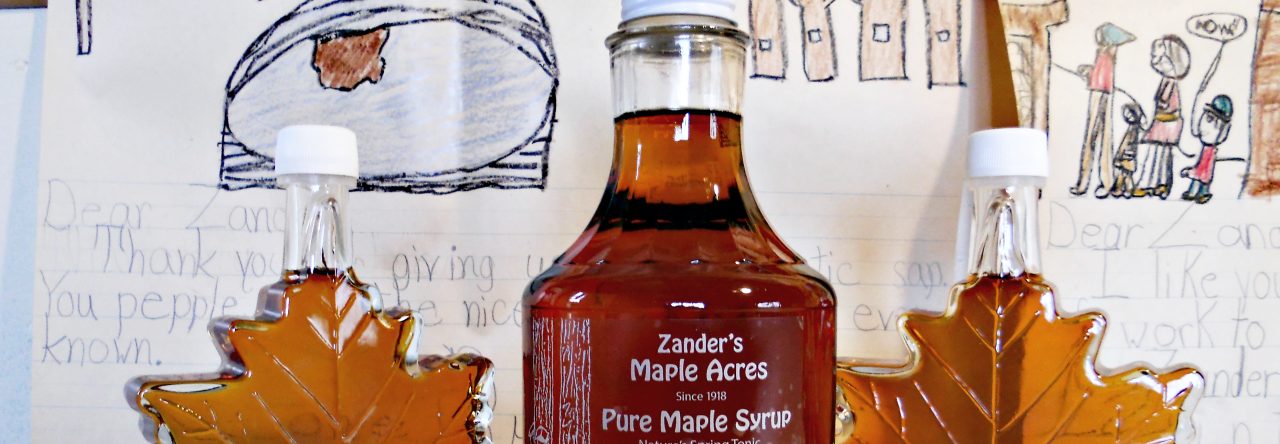30 overnight but it might have been colder because there was a lot of ice. Cloudy most of the day, but sunny between Noon and 4:00 PM. Temperature up to 45 but warmed slowly. Trees slowly dripping. After several days of very cold weather they may take a few days to warm.
Worked on troubleshooting the R/O feed pump to find the root cause of the wash cycle not getting to 113. Troubleshooting is about isolating components and testing variations. We know the new feed pump works but troubleshooting starts with examining the most recent change. We’ve already eliminated the broken wash tank valve and the quick release.
Called the R/O manufacturer, Lepierre. They had some troubleshooting steps, but it’s not likely they will resolve this problem. They said the room was too cold and the tank is losing heat to the room and we should wrap the tank to keep it warm. But it’s the same room from past years. It’s 6’ x 8’ insulated room. The heater keeps the room between 50 and 60. We didn’t have this problem past years. They also said to check the temperature sensor on the R/O to verify it works. We took the sensor out of the R/O pipes. Pointed a heat gun at it. After it exceeded 113, the high temperature warning light of the R/O came on. The sensor works.
Tomorrow we’ll check if the O ring (U-cup) the bottom of the membrane seals tightly. We tested the permeate on Saturday when we last used the R/O. It tested at 0 Brix; no sugar. If the seal wasn’t tight, the permeate would likely have sugar. But we’ll check it anyway to be sure its sealing.
Next we looked at the feed pump intake. The pump warms the water through friction with the membrane. More water will take longer to heat . The intake is 1 1/4” and it’s feed by a 1 1/4” line. The intake on the old pump was 1.” It was also feed by a 1 1/4” line, but the feed pump had a reducer that restricted the intake 1.” Going from 1” to 1 1/4” almost doubles the cross section and would greatly increase the volume of water it could move. It’s possible the pump is pushing too much water.
Other symptoms:
- The flow rate on the concentrate and permeate meters is higher then we’ve experienced in the past.
- A 1” line feeds water back from the membrane to wash tank. It’s almost full of water during the wash cycle. This also differs from past experience when that line had a fast trickle of water. .
One possible solution is to leave the tank heater on during the entire wash cycle. We used the tank heater with a “soap” wash to warm the water to 90 before adding the “soap.” But we can try using it for the entire wash cycle. We increased the thermostat to 107 and we’ll leave it on the entire wash cycle to help the pump. At 107 the pump only needs to generate 6 degrees to reach 113.
